We understand and manage the flow of goods between the point of origin and the point of use in order to meet the requirements of our customers. We combine all aspects of the logistical concept ranging from transportation needs, warehousing requirements, packaging, shipping, secure storage and customize that knowledge into a manageable concept that meets and exceeds your requirements. We take the modern day complexity of logistics, incorporate time and placement of logistical needs and mold the solution to meet your need
Our Services

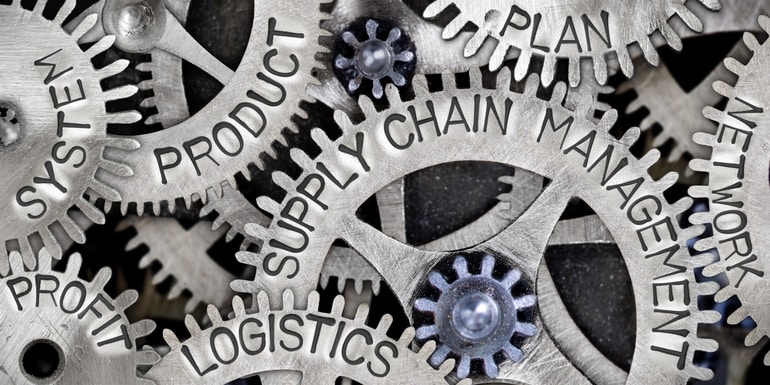
Logistical Concepts
Creative Solutions
Professional logisticians must be able to incorporate old school thinking with new innovative thinking to keep up with our global economy. Logistics Associates knows the changing world of logistics requires us to explore multiple possibilities and approaches rather than pursue a one dimensional approach. This gives us the ability to come up with an original and diverse option to meet your needs.
We see your problem as an opportunity to create a new approach. Our teams will work tirelessly until we can bring the best solution to your problem. In our world we define a problem as a situation where a change must be made to the current process. A problem can come from a challenge, question, mystery, concern, puzzle or difficulty. We will help you identify the problem, analyze the problem, brainstorm and formulate courses of action to solve the problem, and help implement the solution.



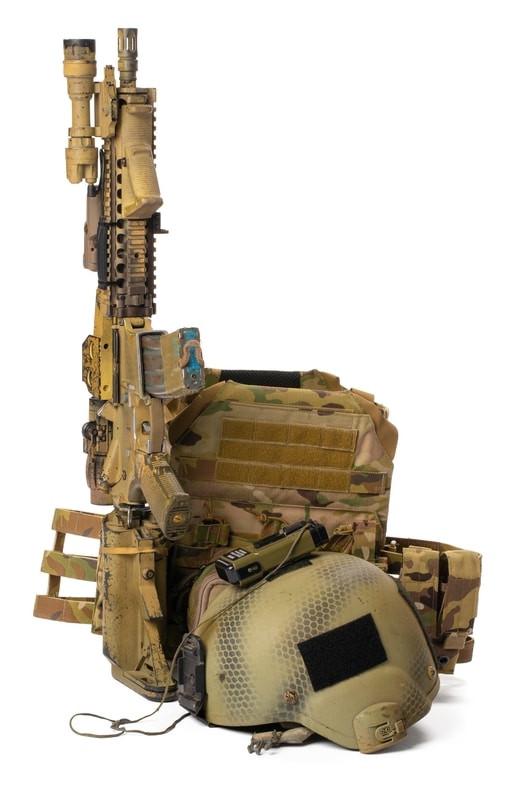
Rapid Equipment Fielding
Rapid Equipment Fielding (REF) can be incorporated not only to enhance operational readiness of your company but can also employ solutions to enhance your organizations capabilities. The term Rapid Equipment Fielding is predominately a military term and defines the process to equip soldiers in the field with new evolving equipment in a rapid fashion. This process has proven effective on numerous occasions. However, if not completed in a systematic, methodical process the results can be costly and equipment can get lost in the fray. Precision need not give way to acceleration. A methodical, systematic approach to rapid equipment fielding will save money, time, and equipment and still meet the need of our clients. This process can also be used in private industry. Making sure your company has the latest and greatest systems and applications will keep you ahead of your competitors.
New Equipment Design
Being able to develop new innovative equipment is what America is all about. Being forward thinking and providing that new piece of technology is what has made our country the greatest in the world. We want to help you incorporate logistics into the development of your technology. Planning all aspects of logistics when it comes to new equipment from the first drawing up to the life cycle sustainment of that equipment is what we do. An effective logistician is a must-have for any effective development team. From beginning to end, we will ensure all aspects of the logistical footprint are facilitated and incorporated during the design, development and manufacture of the new item.
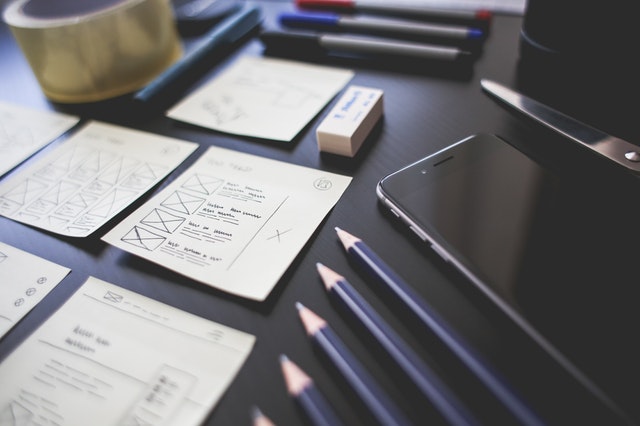

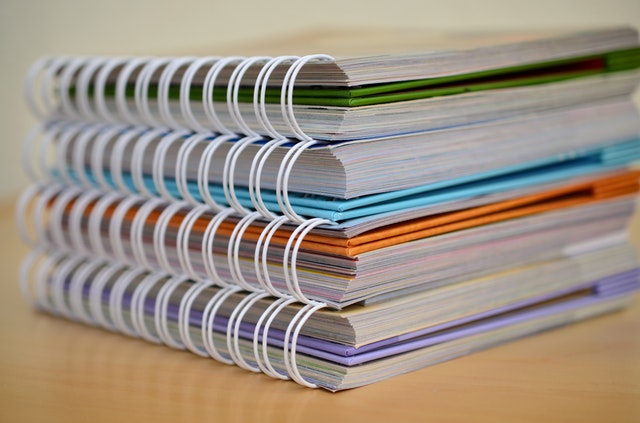
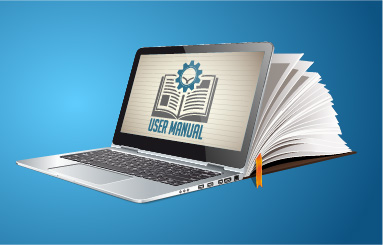
User Manual
The development of new equipment and processes or the update and enhancement of equipment or processes is not complete until the user manual is created or updated. The best equipment available is not user friendly if a manual does not exist or is not well written. Equally important, an updated process requires an updated manual. The development, staffing, and re-write of draft editions can be a time consuming process that results in unfavorable results or it can produce the finishing touches to an exceptional product. An exceptional product with an average manual can result in poor sales and reviews, sending a well-developed and meticulously manufactured product to an early grave. Customers will never comment on a well-written manual, but they will comment on a manual that is not well written. We have over fifty years of writing policy, regulations, and doctrine. Let us put that experience to work for your company.
Development/Rewrite
The development of new equipment and processes or the update and enhancement of equipment or processes is not complete until the user manual is created or updated. The best equipment available is not user friendly if a manual does not exist or is not well written. Equally important, an updated process requires an updated manual. The development, staffing, and re-write of draft editions can be a time consuming process that results in unfavorable results or it can produce the finishing touches to an exceptional product. An exceptional product with an average manual can result in poor sales; poor reviews and can put a well-developed and meticulously manufactured product in an early grave. Customers will never comment on a well-written manual, but they will comment on a manual that is not well written. We have over fifty years of writing policy; regulations and doctrine give us a try.



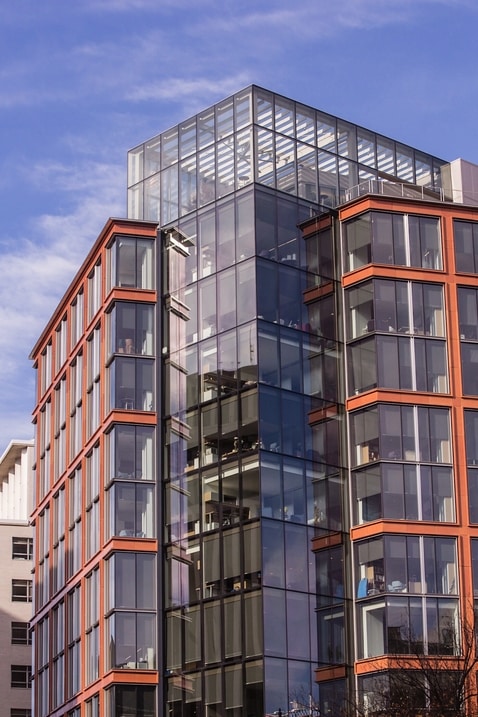
Acquisition Logistics
Acquisition Logistics is a multi-functional, technical management discipline associated with the design, development, test, production, fielding, sustainment, and improvement modifications of cost effective systems that achieve the organization’s requirements. The principal objectives of acquisition logistics are to ensure that support considerations are an integral part of the system’s design requirements, that the system can be cost effectively supported throughout its life-cycle, and that the product support elements necessary to the initial fielding and operational support of the system are identified, developed and acquired. The majority of a system’s life-cycle costs can be attributed directly to operations and support costs once the item is fielded or provided to the open market. Because these costs are largely determined early in the system development period, it is vitally important that developers evaluate the potential operation and support costs of alternate designs and factor these into early design decisions.
Sustainment Logistics
Sustainment involves the supportability of fielded (marketed) systems and their subsequent life cycle product support, from initial procurement to supply chain management (including maintenance) to reutilization and disposal. It includes sustainment functions such as initial provisioning, cataloging, inventory management and warehousing, and depot and field level maintenance. Sustainment begins when any portion of the production quantity has been fielded for operational use. Sustainment includes assessment, execution and oversight of performance based logistics initiatives. In short, sustainment logistics includes anything required to maintain, sustain and repair the item and keep it in operational order.

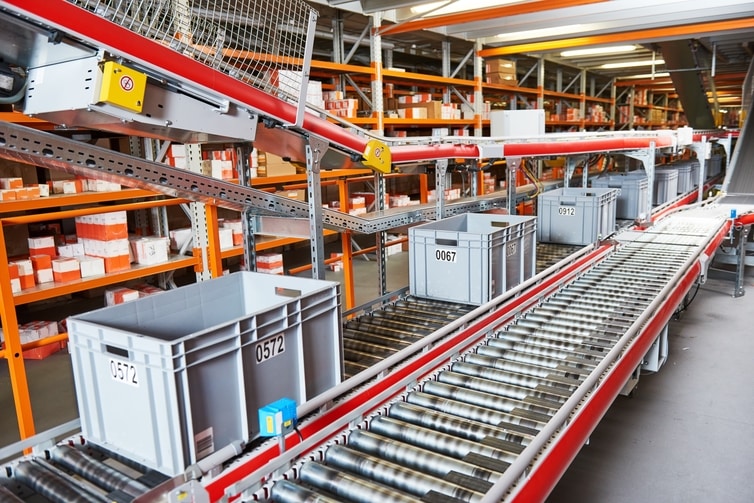
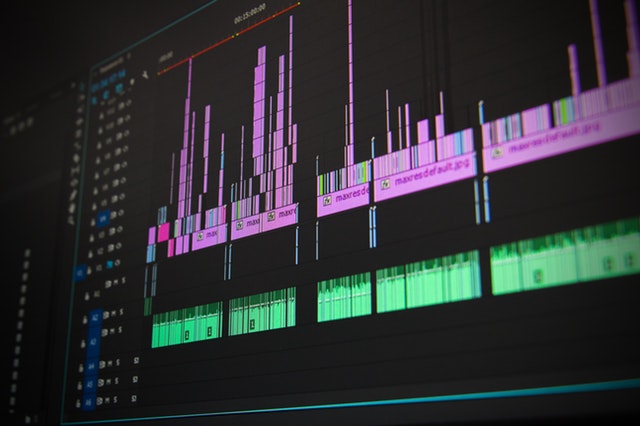
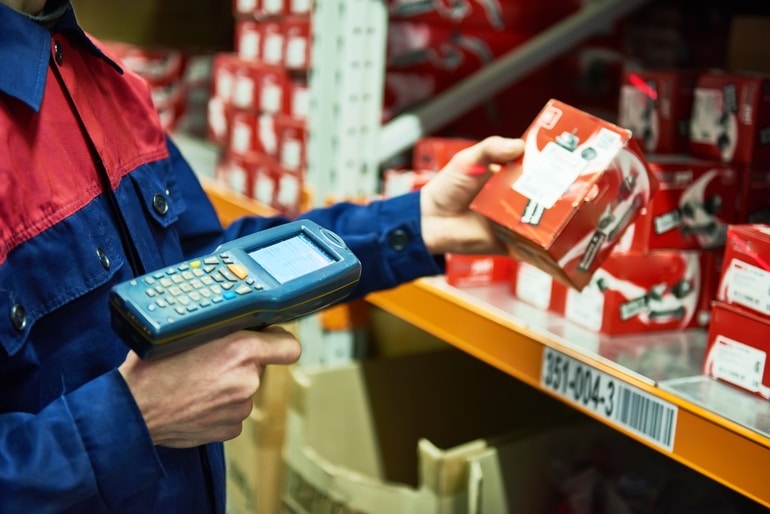
Property Accountability and Management
We will provide you with asset management expertise. This is not only equipment management but also management of parts and facilities. Our accountability specialists will be responsible for developing and maintaining excellent customer service to internal and external customers; preparing documents for shipping; providing customer service to assigned base of accounts; preparing billing for in-house storage accounts; entering data information into the order entry system; tracking orders; printing and preparing orders; offering advice on routes to be taken for transportation of goods; meeting productivity and cost cutting goals; coordinating with people from other departments; maintaining relationships with vendors and clients; tracking and keeping record of shipping; scheduling transportation activities as per priorities; and performing various other tasks as directed by the logistics manager.
Life Cycle Management
In industry, product lifecycle management (PLM) is the process of managing the entire lifecycle of a product from its conception, through design and manufacture, through service and disposal. PLM integrates people, data, processes and business systems and provides a product information backbone for companies and their extended enterprise.
Product lifecycle management (PLM) should be distinguished from Product lifecycle management (marketing) (PLCM). PLM describes the engineering aspect of a product, from managing descriptions and properties of a product through its development and useful life, whereas, PLCM refers to the commercial management of life of a product in the business market with respect to costs and sales measures.


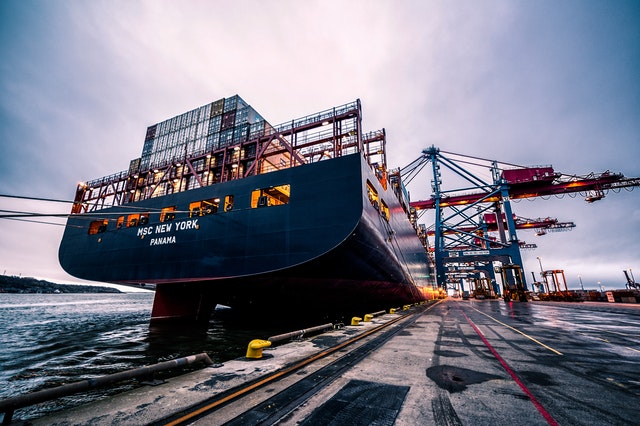
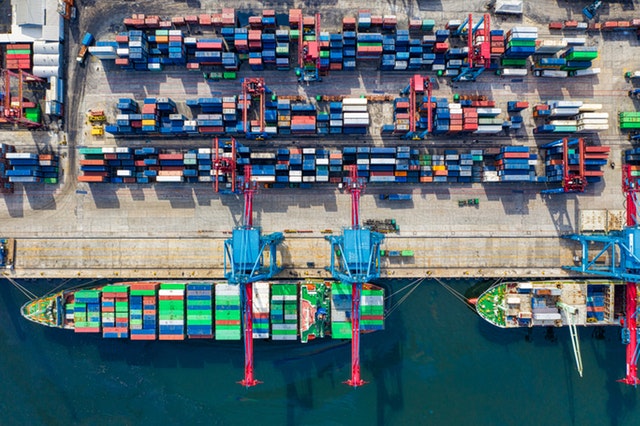
Supply Chain Management
The supply chain is the linked activities associated with providing material from a raw material stage to an end user as a finished good. Supply control is the process by which an item of supply is controlled within the supply system, including requisitioning, receipt, storage, stock control, shipment, disposition, identification and accounting. The supply point is a location where supplies, services and materials are located and issued. These locations are temporary and mobile, normally being occupied for up to 72 hours. In today’s global economy, companies need to ensure that their Supply Chain is working efficiently to keep up with the global market. They must ensure that forecasting production numbers, inventory, and transportation solutions are in place.
Performance Based Logistics
Performance Based Logistics (PBL) is synonymous with performance-based life cycle product support, where outcomes are acquired through performance-based arrangements that deliver Warfighter requirements and incentivize product support providers to reduce costs through innovation. These arrangements are contracts with industry or intergovernmental agreements.
PBL arrangement are tied to Warfighter outcomes and integrate the various product support activities (e.g., supply support, sustaining engineering, maintenance, etc.) of the supply chain with appropriate incentives and metrics. In the end, PBL strives to combine best practices of both Government and private industry.



